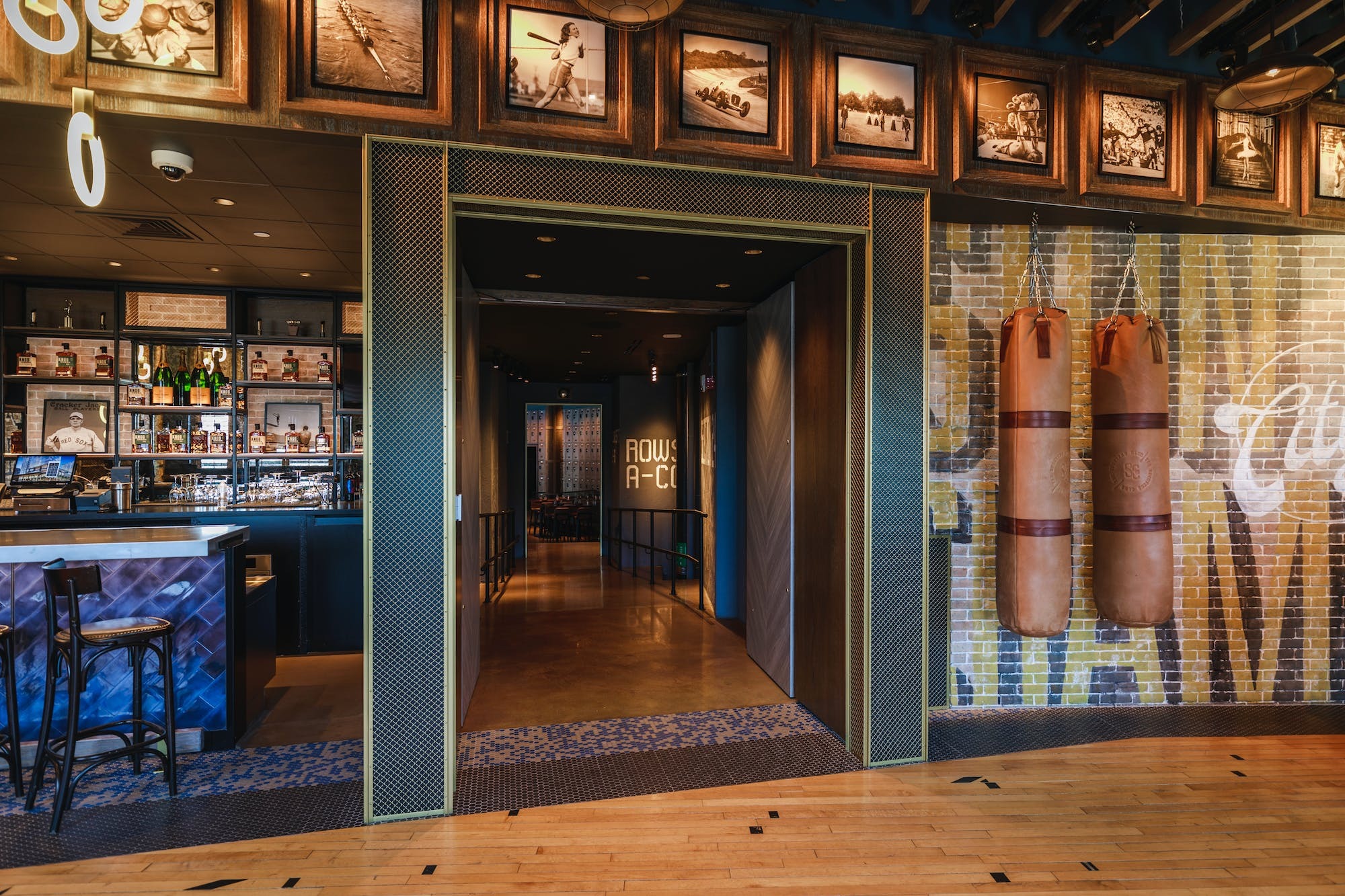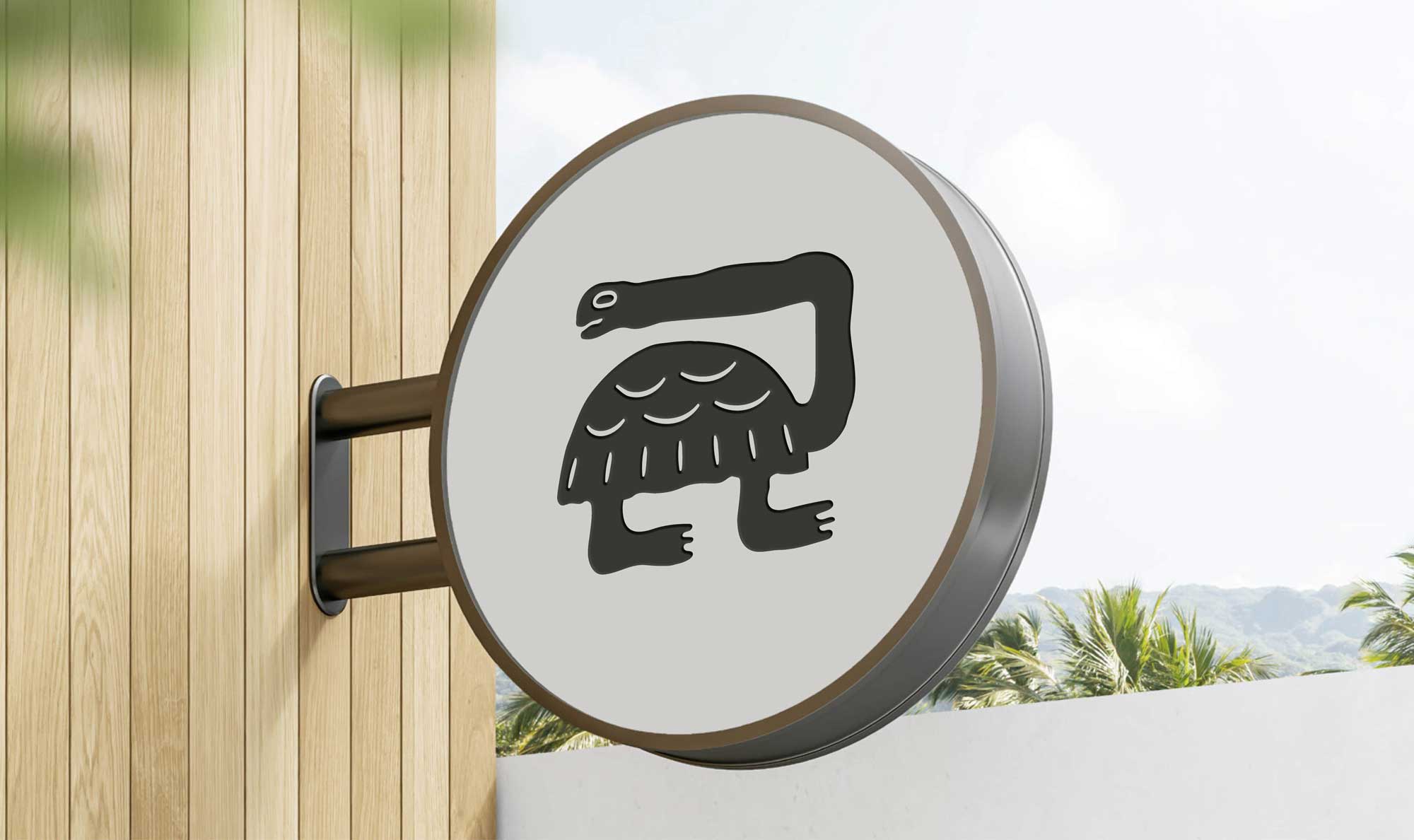Insights
Laura Mckoy Explains How Local Stories and Thoughtful Design Drive Omni’s Hospitality Experience
Laura McKoy was drawn to hospitality through hotel design, which she sees as a perfect blend of residential and commercial creativity aimed at exceeding guest expectations. Her approach emphasizes local storytelling, immersive art, and purposeful design to create memorable, site-specific experiences that drive brand differentiation and long-term value.

Laura Trussell McKoy, RID is the Creative Director + Vice President of Interior Design for Omni Hotels & Resorts. In her role since 2007, Laura oversees, manages, and directs the interior design efforts necessary for new development, capital improvement, and renovation projects. Additionally, she oversees both outside design consultants and an in-house design department.
Prior to joining Omni, Laura served as Director of Interior Design for CNL Hotels and Resorts in Orlando, Florida, where she oversaw the interior design for the REIT and ensured compliance with appropriate brand standards of 92 hotels consisting of 22 brands. Prior to joining CNL Hotels and Resorts, Laura worked for BBGM Architects and Interiors in Washington, D.C.
Laura currently serves on the Leadership Board for the College of Human Environmental Science at the University of Alabama where she received her bachelor of science. Roll Tide! She is a native of Paducah, Kentucky.
Please describe your introduction to hospitality and what initially drew you to the industry.
Laura McKoy: My college internship was at a hospitality design firm in Washington D.C. that did design work for Marriott. At the time, there were only six design firms that were approved to do work for Marriott. Oh, how time has changed things! I fell in love with hotel design. It is the perfect combination of residential and contract. I love trying to figure out how to exceed guests' expectations.
When considering the brand experience and design for a new Omni property, what specific elements or touchpoints are most critical in your approach?
Laura McKoy: We work to achieve approachable luxury as we weave in local unexpected stories of the location. We have two main goals—that the guests feel like they experience the city that the hotel is in (even if they never leave the hotel), and that they hear and experience stories through the design that they want to retell to their family, friends, and co-workers. We love that contagious story—once somebody tells it to you, then you want to tell somebody else that same story. Sometimes, it becomes a game of telephone, and that’s okay too.
We spend a lot of time and research on each destination. In Louisville, for instance, we [looked at] the competitive set, and everybody was telling a derby story - the story of horses. [Instead], we went really deep on bourbon. We studied twelve different local bourbons, looking at the color and infused this into the carpet. We partnered with Copper Vendome who makes bourbon stills on a custom chandelier for the lobby. They had never made a chandelier before. We also created a large art wall of local artists, it included their contact information so guests can reach out directly to them.
A lot of times, an art moment lets you know you’ve arrived somewhere. There’s a lot of thought process on how you want the guest to use the space—you start to design for where you want them to focus their attention and where you don’t want them to focus their attention. In Boston, the site was really long and really skinny. All of the vitrines that we had with the tennis shoes intentionally [offered] a place to stop and feel like you’re looking at something so that you don’t realize how long the walk is. Those were things we were trying to do in the design to make it not feel like such a shotgun [space] and break it up. When we initially looked at the site, we were like, “how are we going to design this?”. [However], it really worked to our advantage and created something amazing. In hindsight, it’s awesome!
In Louisville, we have these three huge, dynamic sculptures in the lobby that our guests interact with. They don’t feel like they were made for the lobby, even though they were. Sometimes, it’s important to make it feel like [the artwork] wasn’t exactly curated for the hotel. It all just depends on how you want the guest to feel about the artwork. Do you want them to feel like it was a collection put together over time, or do you want them to feel like it was made exactly for that space?
We’ve also been successful purchasing art that the artist might already have in their portfolio, if it works with the design. Not everything has to be an original commission, but we like to [partner with] the local artist, even if it is a piece that they’ve previously painted (or they’ll paint something similar). [We worked with] one artist that did Oklahoma landscapes. They were expensive and we wanted them in the corridors. He let us cut them into six pieces—we framed each one individually and it was very successful. Him being open to that idea was great! So, we are always trying to think of things in different ways.

How has your approach to the brand experience and design of Omni properties changed over time?
Laura McKoy: The design is rooted more than ever in local stories and inspired by the location. We are digging deeper to make sure the design is authentic, and we are differentiating ourselves in the market. Art plays a major role in the design and we work very hard to use local artists and share their information with our guests.
Our work has also changed a lot in the ability to reach out to the artist or work directly with them through an art consultant, as opposed to when I got out of school and you were going to a catalog (and the hotel next door could pick out the exact same things that you were). Changes in printing [have made] it so much more accessible. Sometimes, we just go to Etsy and find artists that we like and then connect them with the art consultant. One of our vendors was recently talking about artificial intelligence and how it’s being incorporated into artwork and wallcovering design. [In their study], the artist created their digital artwork and then they described their own artwork [to the AI] and it produced [artwork in return]—it was super cool to see how they interpret it and how the AI interprets it.
How have the expectations of your guests changed and what role does brand strategy play in answering these changing expectations?
Laura McKoy: The guest expectation is higher than when I first started in the industry. Not only does the design need to be beautiful, but also functional. We just changed our mattress spec and I think our guests are going to be blown away with the new sleep experience. Guests are traveling with lots of devices that need to be plugged in and they want easy access to plugs. Everyone is exposed to good design more than ever and think they can do it on their own with access to design shows. My quote around the office is “if most people have it in their home, we are not pushing far enough”. We want to expose guests to designs they have not experienced before.

Typically, once a project is officially approved, we will go and spend a week in that city—trying to see what a guest would expect to see. We’re trying to dive into obscure things and meet with locals. Each [city] provides a different nugget to create that concept for the hotel. In Boston, [it] was the art. Then, it started to dive into how education affected the arts and the story gets more complex. In Oklahoma, [it] was telling the story of the pastoral landscape. We met with historians and local artists and had these cloud pieces that were commissioned [as well as] this other local artist that folded paper and made skulls. We try to connect [guests] with those artists via plaques with their website and Instagram handle so that it’s more than just hotel art on the wall.
How does brand strategy influence your bottom line in terms of ROI?
Laura McKoy: With higher-end design elements, we make sure they will last the test of time so that the design decisions also support the business model. We also study finishes to make sure they will hold up, because if they can’t be maintained, it does not create a great experience. We want to make sure our designs are rooted in timeless elements so they will last over time. Our renovation cycles are longer, which is better for our bottom line. Also, there are defensive and offensive capital strategies that we are constantly discussing.

What do you see as the next frontier within the hospitality landscape and how can an integrated brand strategy respond to this evolution?
Laura McKoy: I think the next frontier is figuring out how to navigate all of the different brands that continue to be introduced to the market. We are focusing on what we are good at and strengthening our position. We are a small, mighty, and nimble brand. If something does not work, we can do something different. We are not making decisions that we are rolling out to hundreds of hotels. This makes Omni a fantastic brand, because we are always thinking about how to do things better because we know we can execute easily.
I also think people are wanting to slow down a bit. [I recently] read this article about how some people want a purposefully un-smart house. How can you disconnect just enough so that you’re enjoying the experience? I think people are craving that right now. With more people working from home, when they go on vacation, it’s needed that much more. We’re working on a huge campaign right now of really unique, on-property experiences. [For example], at Amelia Island, you can go out on a boat where you catch your dinner and you prepare it with the chef, on site. Guests want more than what they used to. They want something that no one else is able to do. Since we’re nimble, we can provide those [experiences]. It’s not just about the room or the hotel—it’s about the entire experience you can have.
This interview has been edited and condensed for clarity and originally appeared in the August 2024 Design Innovation Edition of the BU School of Hospitality Boston Hospitality Review.
Discover more Proportion